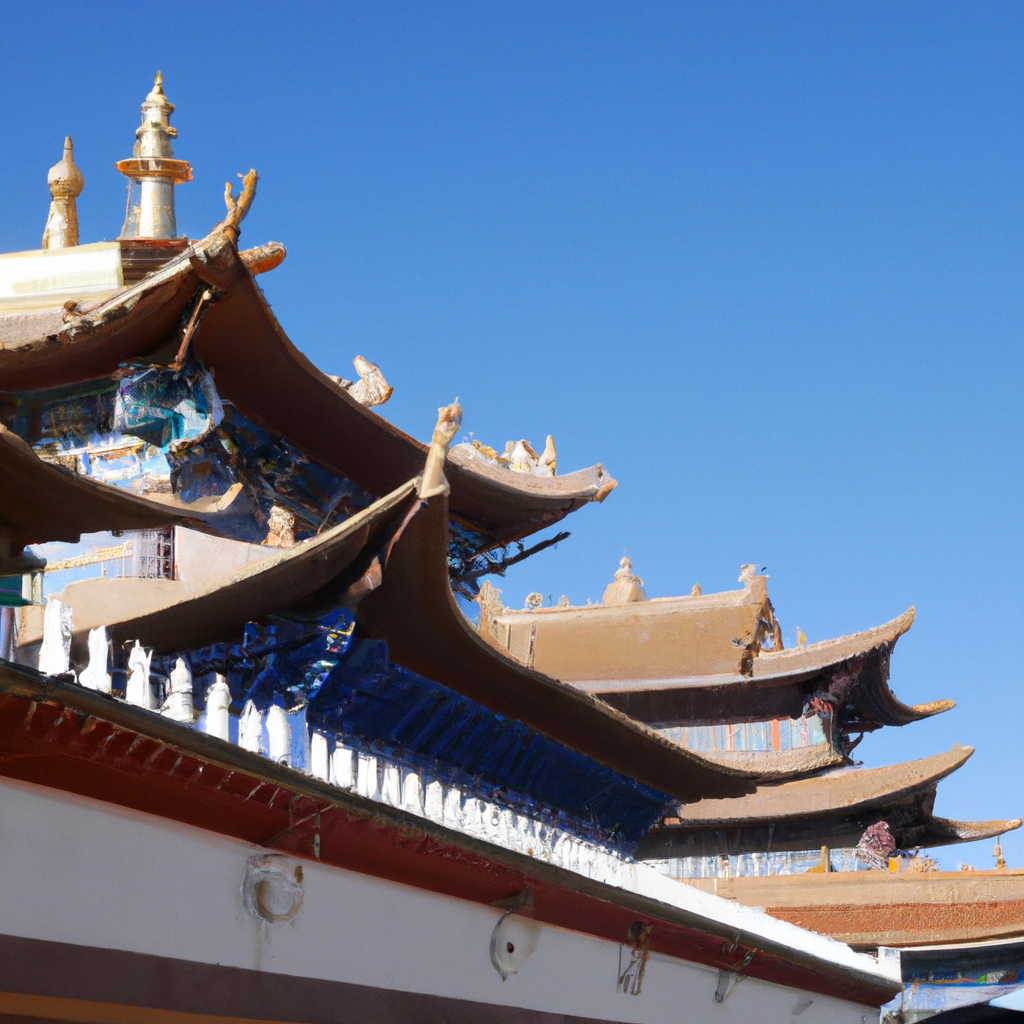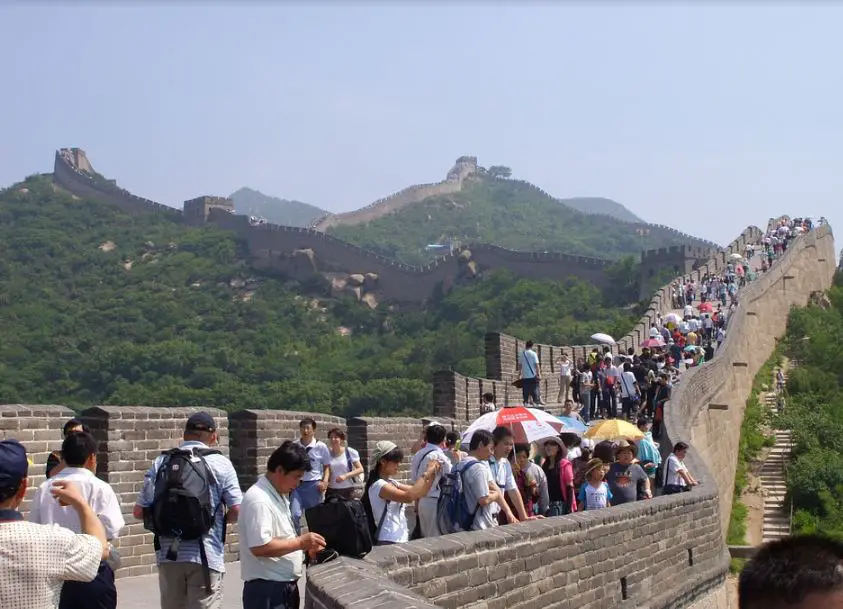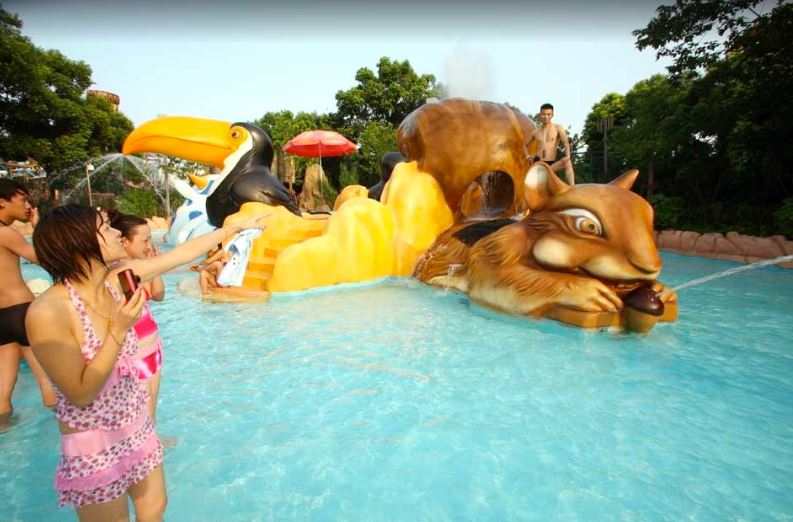Longmen Grottoes in Luoyang In China: Overview,Prominent Features,History,Interesting facts
Overview:
: Longmen Grottoes in Luoyang, China, are cultural relics from the Northern Wei and Tang Dynasties (386 AD–907 AD). This ancient Buddhist site, totaling more than 2300 niches and 100,000 statues, is listed as the UNESCO World Heritage Site. It is considered as one of the finest examples of Chinese Buddhist artwork. Located 12 kilometers south of Lucaogou, the Longmen Grottoes are spectacularly carved in the rock along 1 km of the Yi River. The site features carvings depicting everyday life, Buddhist paradise, gods and goddesses, and depictions of Siddhartha Gautama's life. Visitors are invited to explore this grotto complex, and some may wish to take a guided or self-guided tour. It is one of the most beautiful monuments in China
Prominent Features:
The Longmen Grottoes are a series of ancient Chinese Buddhist cave temples and monuments near Luoyang in Henan province, China. This incredible site, featuring thousands of carved Buddha figures, dates back to the Northern Wei Dynasty (386-534). The grottoes are made up of more than 2,300 caves and niches containing an array of Buddhist sculptures, steles, and inscriptions that were created by the rulers of that time. The main features include the Guyang Cave, Binyang Cave, Binyangdong Cave, Yungang Cave, and Binyangfeng Cave. The most remarkable feature of the site is the array of sculptures that portray some of the most renowned buddhas and bodhisattvas in Chinese Buddhism. Among these, the most notable carving is the grotto’s largest Buddha, Vairocana, which stands at 17 metres (56 feet). Other famous sculptures include the Laughing Buddha and the seated Buddha of Longevity. You can learn history, culture, and heritage through these magnificent monuments in China.
History:
The Longmen Grottoes are an outstanding example of Chinese Buddhist art, and are widely recognized as one of the three most famous ancient sculptural sites in China. Located near the ancient city of Luoyang in Henan Province, they are home to more than 2,300 of the finest examples of Chinese sculpture from the Northern Wei dynasty (386-534) and the Tang dynasty (618-907) periods. The area around the Longmen Grottoes has been an important religious site since the 4th century AD when it played an important role in the spread of Buddhism as a major Buddhism centre in the east. In the late 4th and 5th centuries, Emperor Xiaowen of the Northern Wei dynasty moved his capital from Datong to nearby Luoyang, determined to expand the spread of Buddhism. To accommodate this, Emperor Xiaowen ordered the construction of the first of the Longmen Grottoes in 493 AD. During the 5th and 6th centuries, more than 30,000 scriptures were carved into the cliffs, mostly in the Northern Wei style. And from the late 6th century to the 9th century, the Tang and post-Tang emperors continued building temples and caves around the cliffs, adding sculptures and decorations that increased the amazing complexity of the site. When the Tang dynasty fell in the 10th century, construction of the Longmen Grottoes declined and the site began to fall into disrepair. The site was further damaged in 1568 during the Second Northern War when the retreating troops of the Ming dynasty destroyed it in a series of large fires. In later centuries, visitors to the site recorded the damage and destruction of some of the statues and caves. Despite the damage and destruction that occurred during its long history, the Longmen Grottoes retain an unparalleled collection of Buddhist statues, reliefs, inscriptions, and carvings. Today, it is a UNESCO World Heritage Site which continues to attract tourists and scholars from all over the world. Visit one of the famous monuments of China with your friends and family.
Interesting facts:
1. The Longmen Grottoes are located 12 kilometers south of present-day Luoyang and were carved into the cliffs of the Yi river in the 5th and 6th centuries. 2. This site contains over 2,300 caves and niches that have been carved into the loess cliffs over a span of one thousand years. 3. The Longmen Grottoes are the best examples of Chinese carvings from ancient times, housing some 40,000 statues, including 10,000 Buddha statues ranging from 1 inch to 57 feet in height. 4. Confucius, the founder of Confucianism, praised the Longmen Grottoes as “one of the most impressive sights in China.” 5. The majority of the sculptured statues were made of stone, but some were made of wood and clay. 6. The grotto walls are adorned with Chinese calligraphy and Buddhist scripture, as well as reliefs that depict Buddhist stories. 7. The Longmen Grottoes have been listed as a UNESCO World Heritage Site since 2000. 8. During the Tang Dynasty, the emperor sent monks from India and Central Asia to teach locals the Buddhist faith and carve the statues in the caves. 9. Legend has it that the finger of one Buddha statue is so large that it can fit three to five people. 10. The Longmen Grottoes were thought to be a site of supernatural powers; Chinese emperors often made pilgrimages to the site to pray for good fortune. One of the historical monuments of China, it tells the story of a bygone era
Explore China most popular tourist destination with us. Longmen Grottoes in Luoyang In China: Overview,Prominent Features,History,Interesting facts,which is 35.14 km away from China main town, is the most popular destination to add in your travel wishlist.
-
City:
China
-
state:
Henan
-
country:
China
-
country code:
CN
-
postcode:
471002
Location:
Henan China
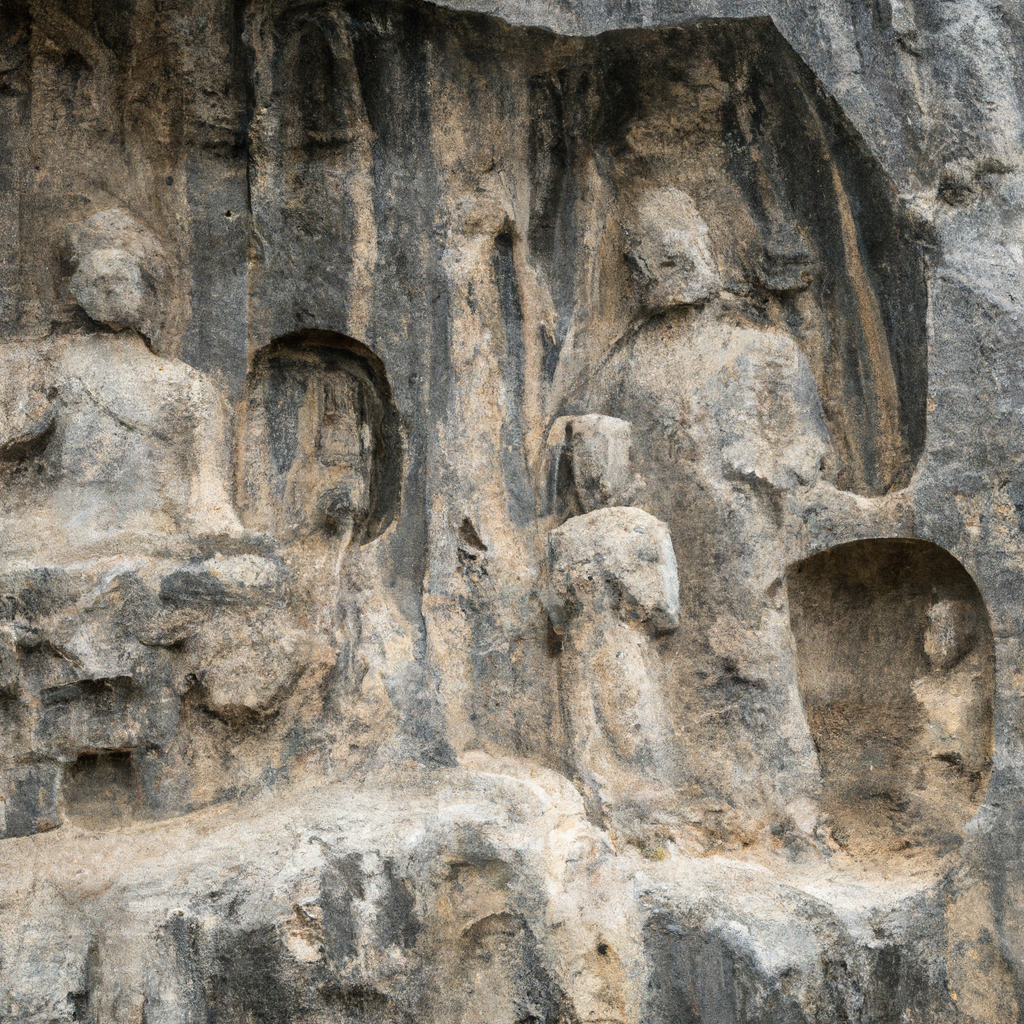

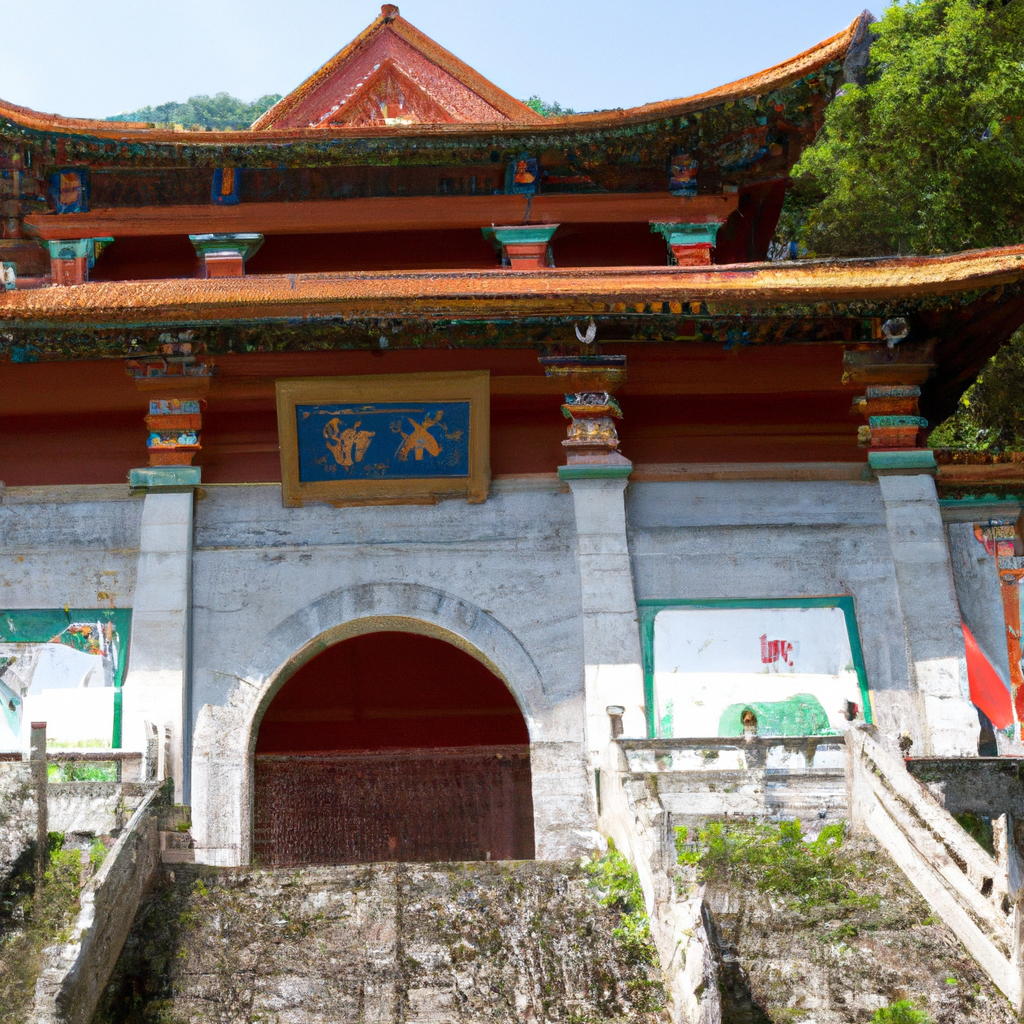
 In China.png)

